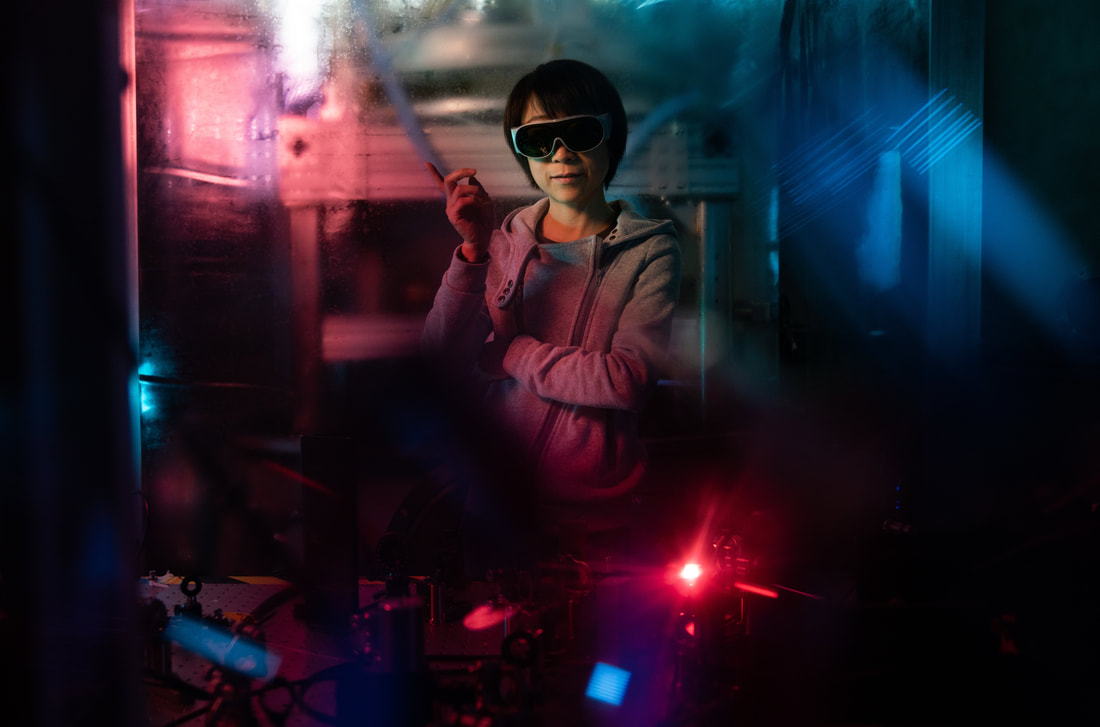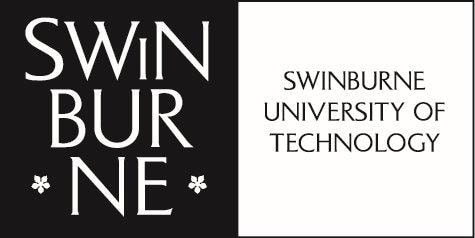A new clue to discovering dark matter from mysterious clouds circling spinning black holes6/12/2021 Gravitational waves are cosmic ripples in the fabric of space and time that emanate from catastrophics events in space, like collisions of black holes and neutron stars--the collapsed cores of massive supergiant stars. Extremely sensitive gravitational-wave detectors on Earth, like the Advanced LIGO and Virgo detectors, have successfully observed dozens of gravitational-wave signals, and they’ve also been used to search for dark matter: a hypothetical form of matter thought to account for approximately 85% of all matter in the Universe. Dark matter may be composed of particles that do not absorb, reflect, or emit light, so they cannot be detected by observing electromagnetic radiation. Dark matter is material that cannot be seen directly, but we know that dark matter exists because of the effect it has on objects that we can observe directly. Ultralight boson particles are a new type of subatomic particle that scientists have put forward as compelling dark matter candidates. However, these ultralight particles are difficult to detect because they have extremely small mass and rarely interact with other matter -- which is one of the key properties that dark matter seems to have. The detection of gravitational waves provides a new approach to detecting these extremely light boson particles using gravity. Scientists theorise that if there are certain ultralight boson particles near a rapidly spinning black hole, the extreme gravity field causes the particles to be trapped around the black hole, creating a cloud around the black hole. This phenomenon can generate gravitational waves over a very long lifetime. By searching for these gravitational-wave signals, scientists can finally discover these elusive boson particles, if they do exist, and possibly crack the code of dark matter or rule out the existence of some types of the proposed particles. In a recent international study in the LIGO-Virgo-KAGRA collaboration, with OzGrav Associate Investigator Dr Lilli Sun from the Australian National University being one of the leading researchers, a team of scientists carried out the very first all-sky search tailored for these predicted gravitational wave signals from boson clouds around rapidly spinning black holes. “Gravitational-wave science opened a completely new window to study fundamental physics. It provides not only direct information about mysterious compact objects in the Universe, like black holes and neutron stars, but also allows us to look for new particles and dark matter,” says Dr Sun. Although a signal was not detected, the team of researchers were able to draw valuable conclusions about the possible presence of these clouds in our Galaxy. In the analysis, they also took into consideration that the strength of a gravitational wave signal depends on the age of the boson cloud: the boson cloud shrinks as it loses energy by sending out gravitational waves, so the strength of the gravitational wave signal would decrease as the cloud ages. “We learnt that a particular type of boson clouds younger than 1000 years is not likely to exist anywhere in our Galaxy, while such clouds that are up to 10 million years old are not likely to exist within about 3260 light-years from Earth,” says Dr Sun. “Future gravitational wave detectors will certainly open more possibilities. We will be able to reach deeper into the Universe and discover more insights about these particles”. Also featured on Cosmos Magazine and Sci Tech Daily.
0 Comments
Leave a Reply. |
|
- Home
- About
-
Our People
- Chief Investigators
- Partner Investigators
- Associate Investigators
- Postdocs and Students >
- Professional & Outreach staff
- Governance Advisory Committee
- Scientific Advisory Committee
- Executive Committee
- Equity & Diversity Committee
- Early Career Researcher Committee
- Professional Development Committee
- Research Translation Committee
- OzGrav Alumni
- Research Themes
- Education and Outreach
- Events
- News/Media
- Contact Us
- Home
- About
-
Our People
- Chief Investigators
- Partner Investigators
- Associate Investigators
- Postdocs and Students >
- Professional & Outreach staff
- Governance Advisory Committee
- Scientific Advisory Committee
- Executive Committee
- Equity & Diversity Committee
- Early Career Researcher Committee
- Professional Development Committee
- Research Translation Committee
- OzGrav Alumni
- Research Themes
- Education and Outreach
- Events
- News/Media
- Contact Us


 RSS Feed
RSS Feed








